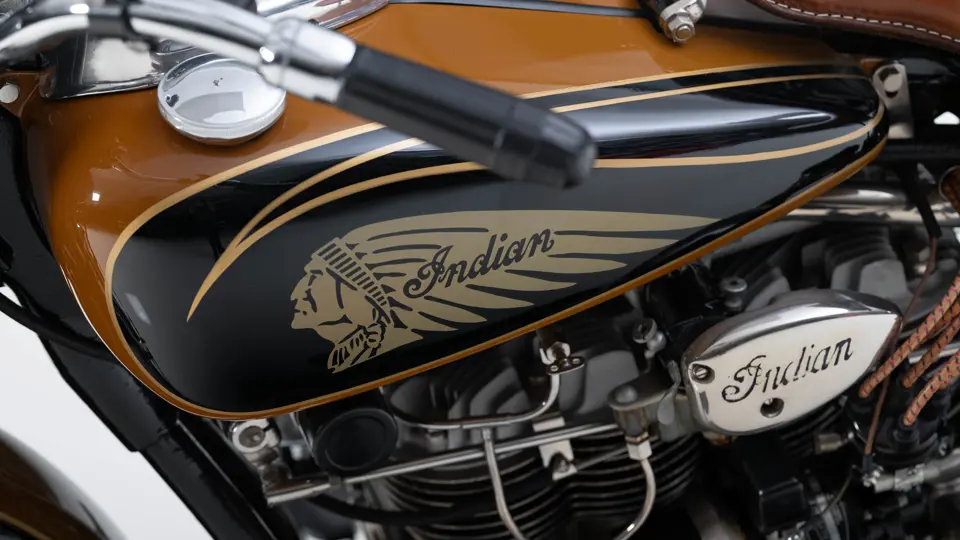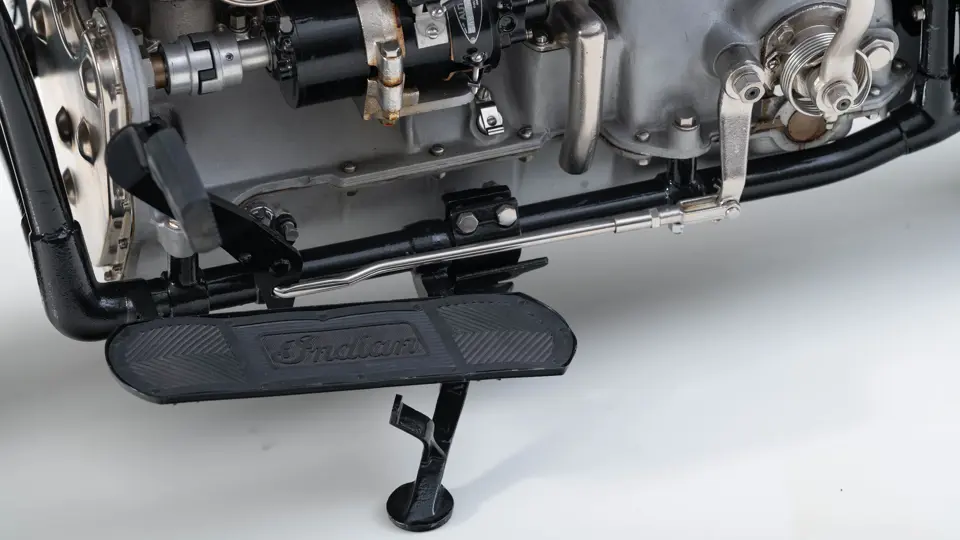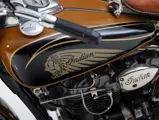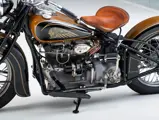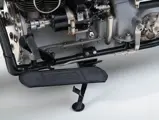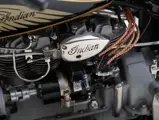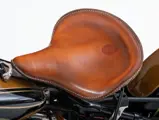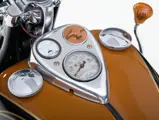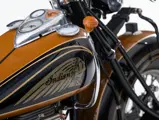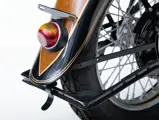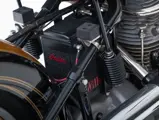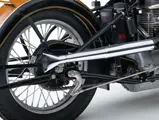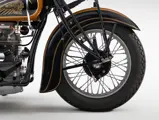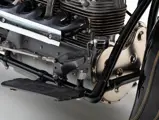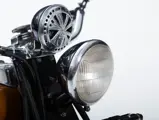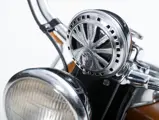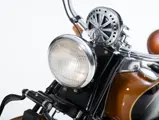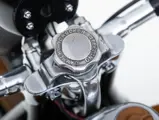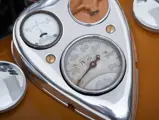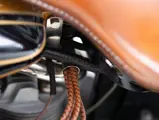Smooth, powerful, and fast, the four-cylinder Indian remains one of the defining American motorcycles of the pre-war era—despite the fact that only approximately 5,000 were built in total from 1928 to 1942. Fittingly, the Indian Four’s development history is almost as interesting as the machine itself.
Instead of designing its own four-cylinder powerplant around which to build a flagship motorcycle, in 1927 Indian simply bought a company—the Ace Motor Corporation of Philadelphia, Pennsylvania—that produced such an engine. Ace Motor had been founded by William G. Henderson in 1919, after he had sold off the eponymous Henderson Motorcycle firm; Ace’s four-cylinder engines still closely followed Henderson’s principles at the time of Indian’s acquisition, giving these new Indian models a direct connection to one of the great designers of motorcycling’s golden era.
In 1936 and 1937, Indian experimented with a new “exhaust-over-inlet” cylinder head for its Fours. This proved unsuccessful, and the company returned to the conventional “inlet-over-exhaust” configuration for 1938. The result was the 1938 Model 438 Four, an example of which is offered here. With a 78-cubic-inch engine producing 44 horsepower and mated to a three-speed gearbox, this was a sporty tourer meant for going long distances at high speeds—and with a price tag larger than that of some cars on the market, it was aimed squarely at the luxury set.
Indian is understood to have built approximately 300 Model 438s. By 1940, the manufacturer had transformed the Four with a softer suspension and heavily skirted fenders; these were good motorcycles with a distinctive look, but they lacked the athleticism of earlier examples such as this. Production of the four-cylinder ceased following the outbreak of World War II, and never resumed, making examples of any sort and in any condition eagerly sought today.
Correctly restored under prior ownership and acquired by the Dare to Dream Collection from California in 2014, it has remained well-preserved while in the collection and would make a fitting addition to any stable—particularly one with a focus on rare and significant American motorcycles.




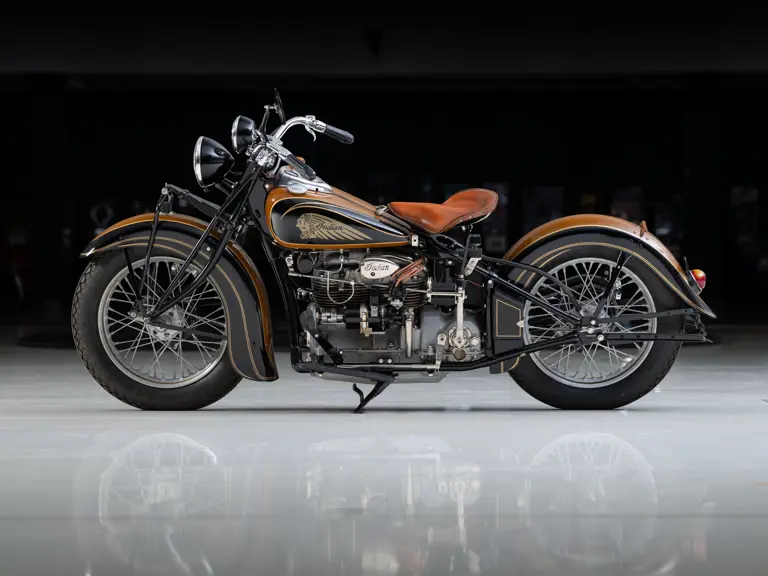
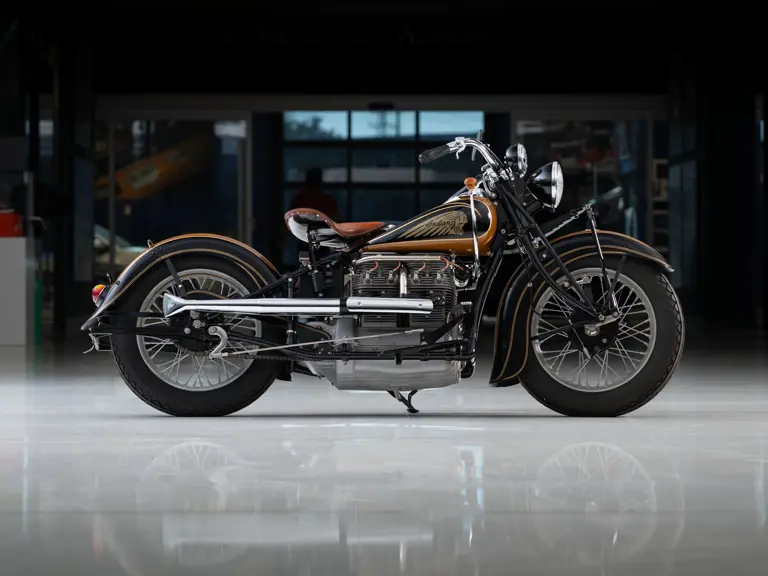
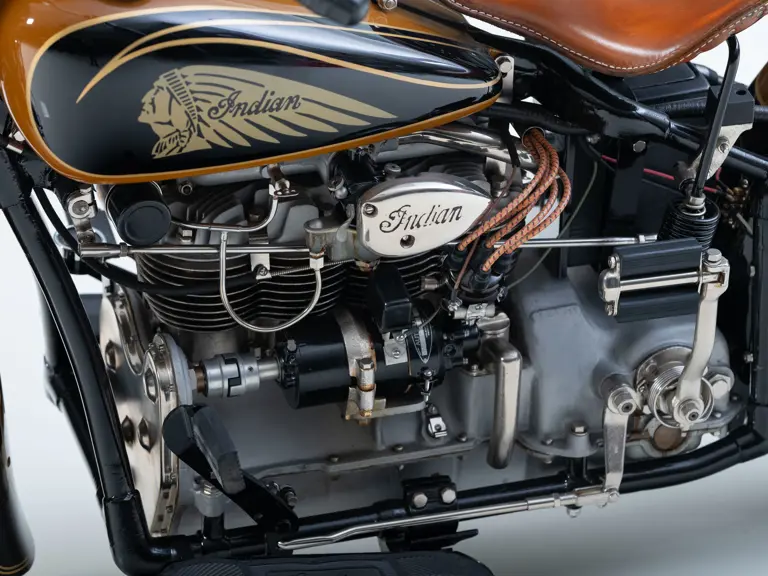

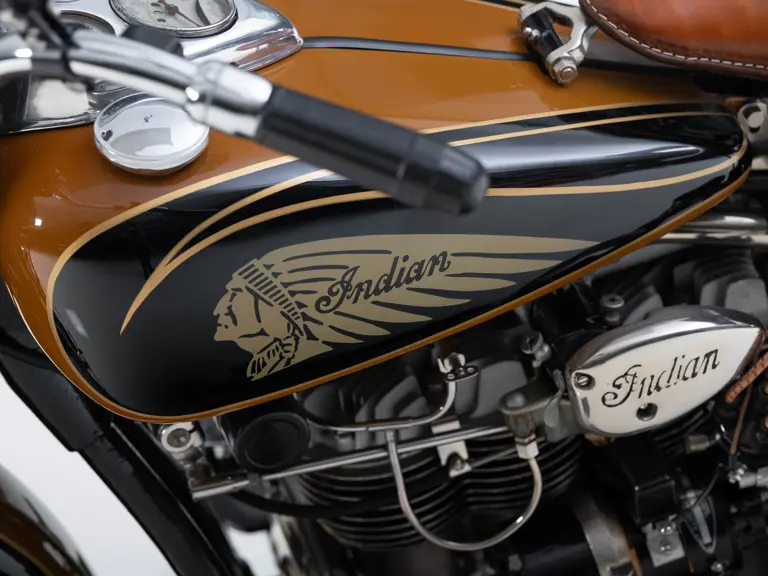
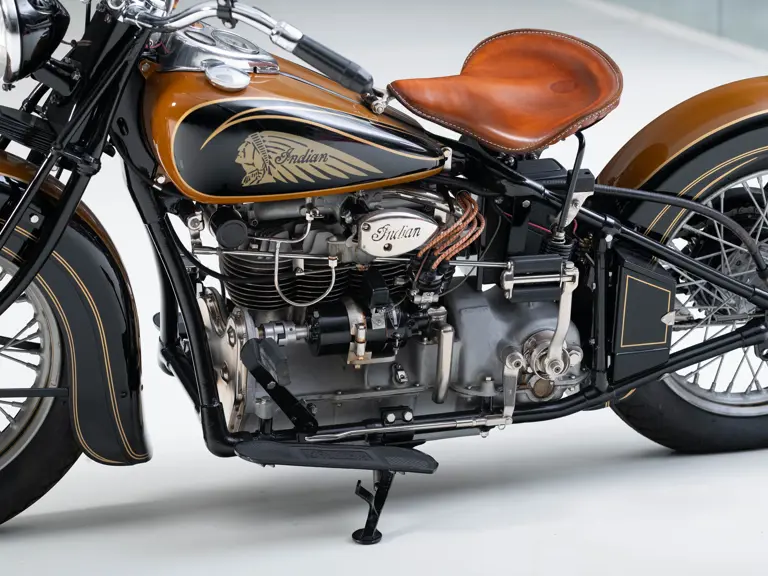
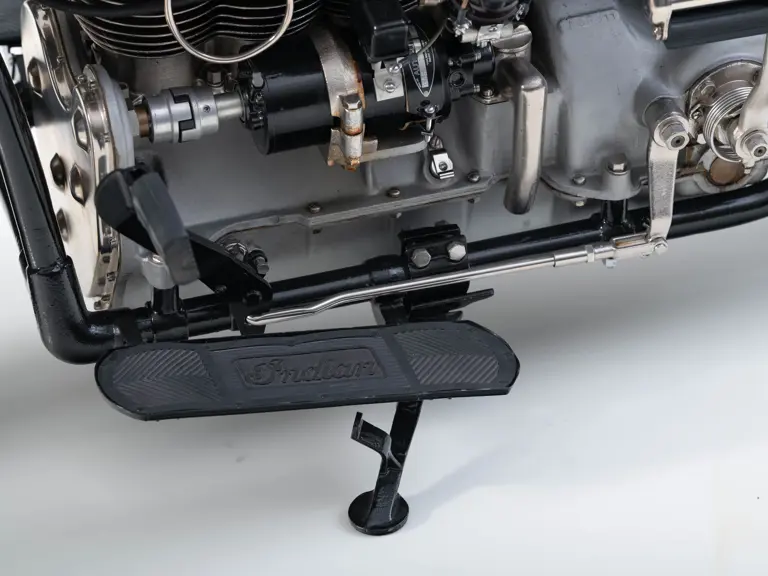
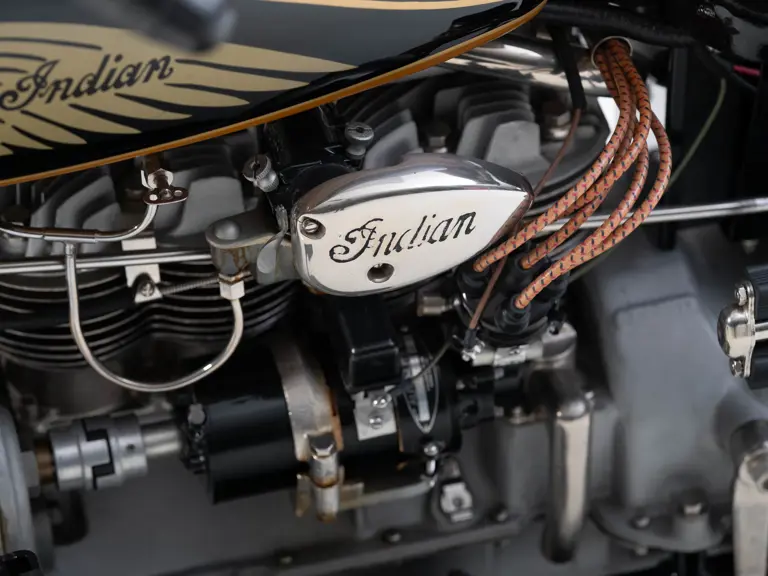
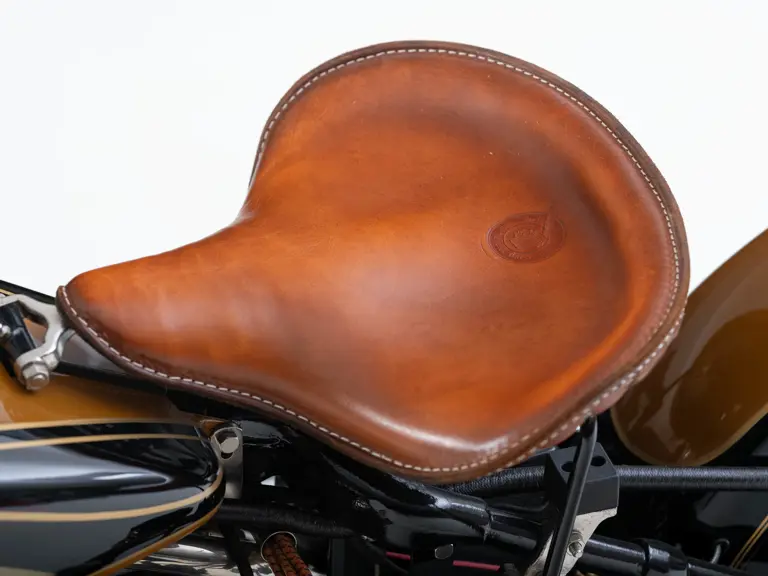
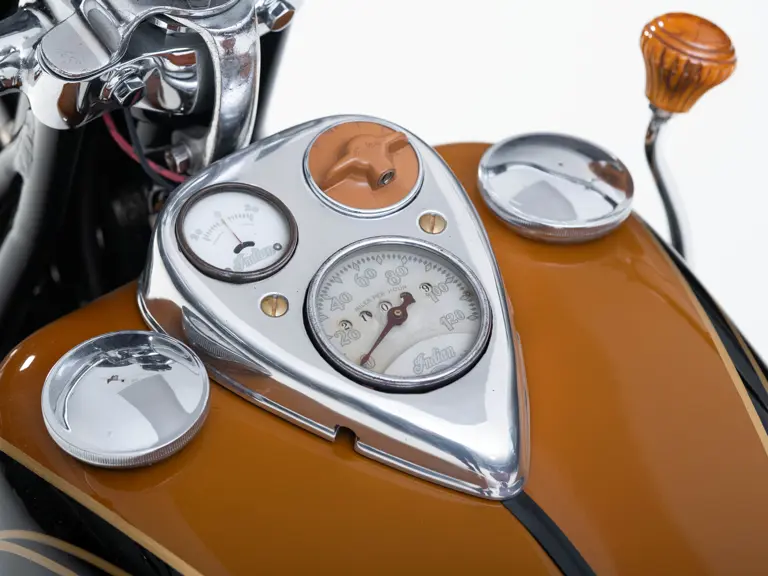

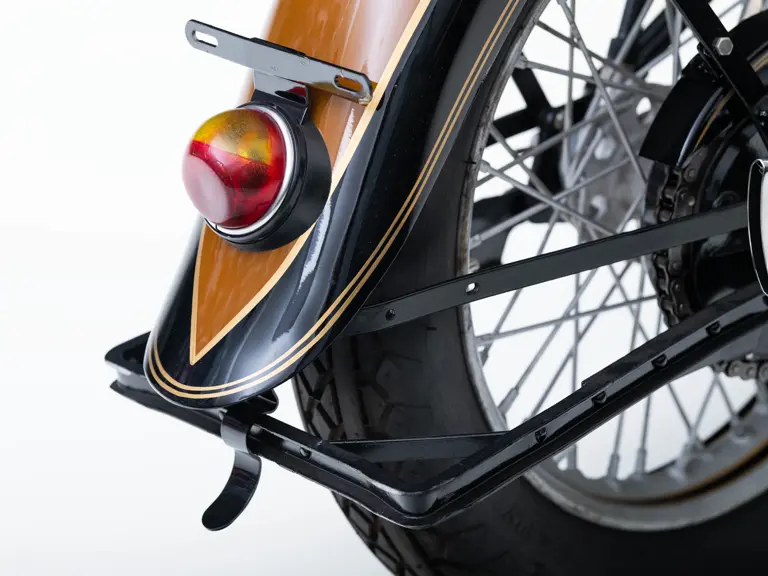
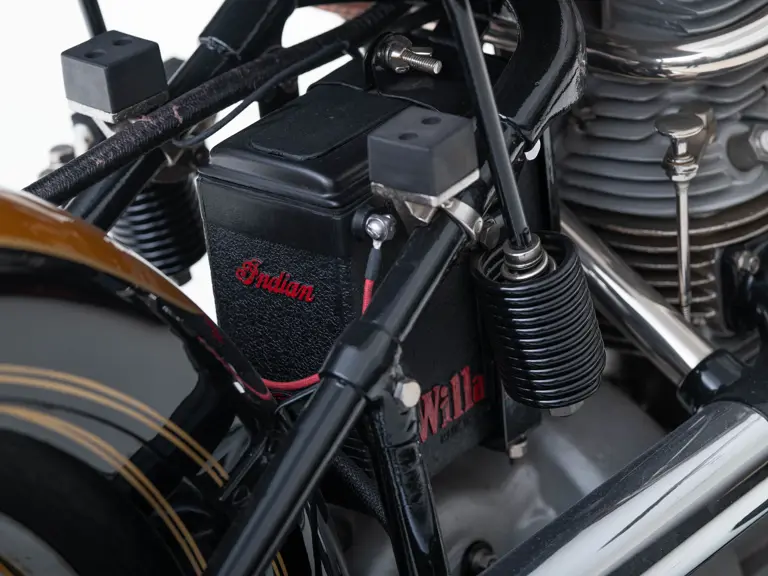

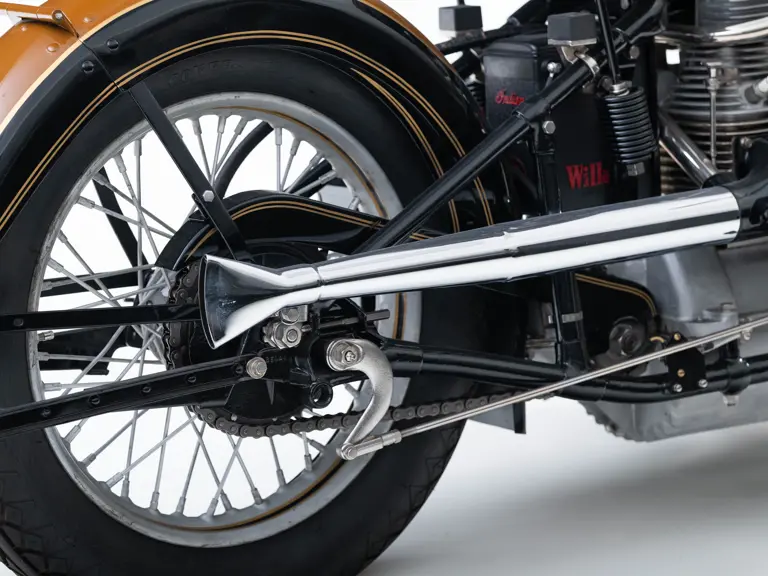
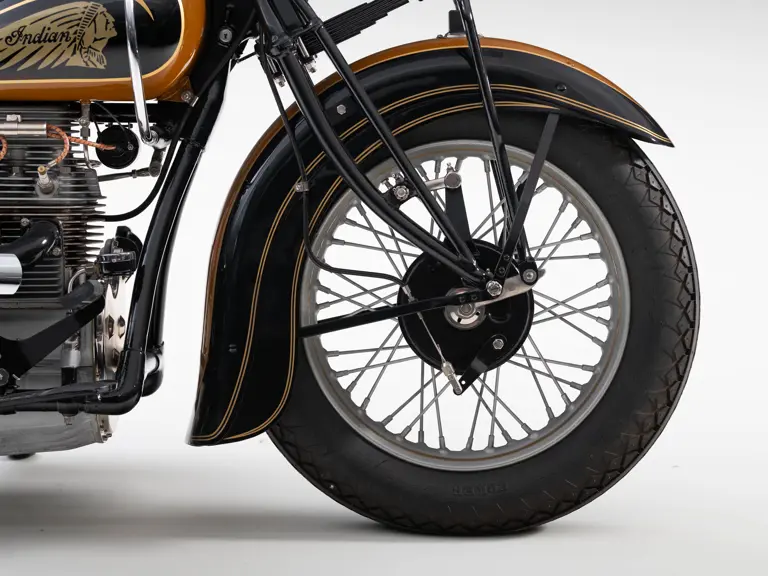
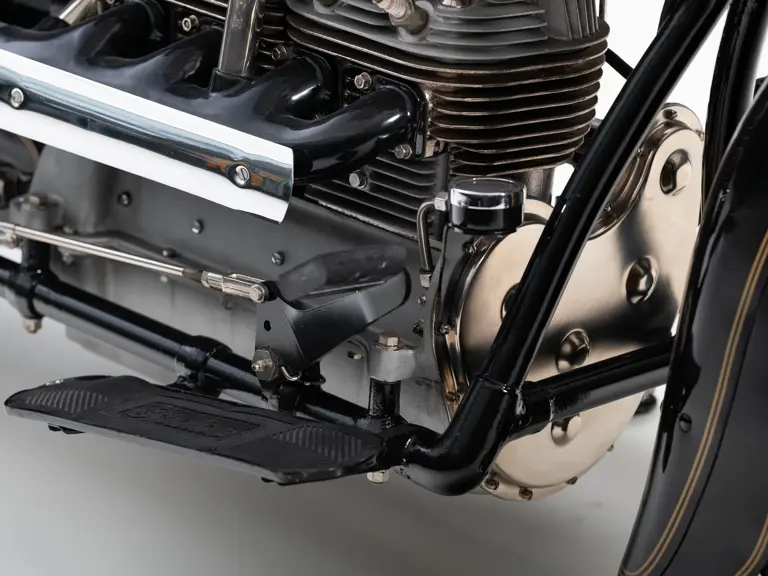
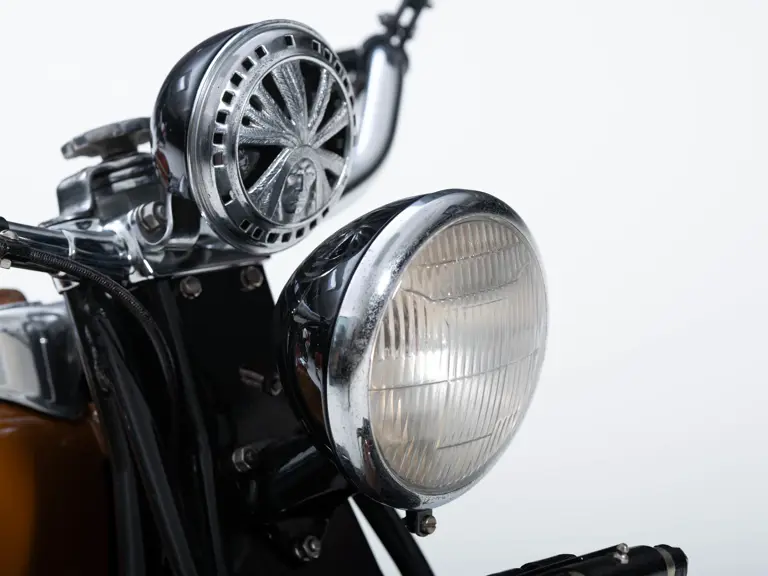

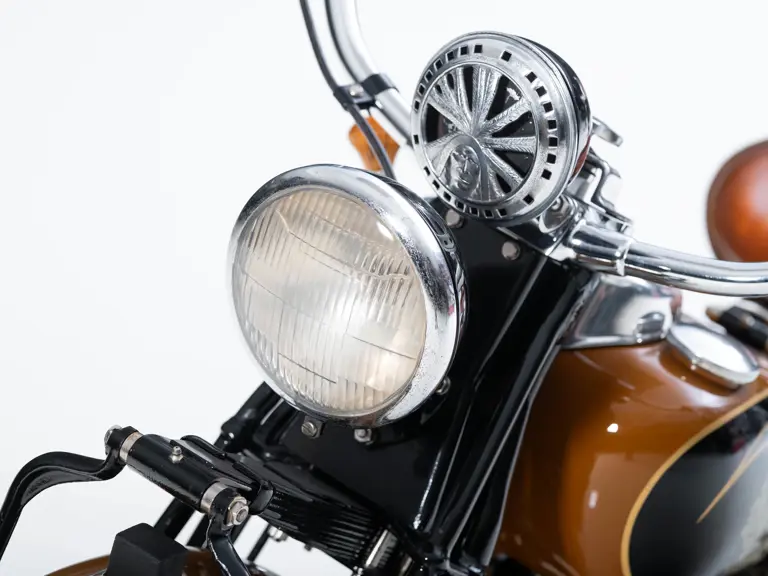
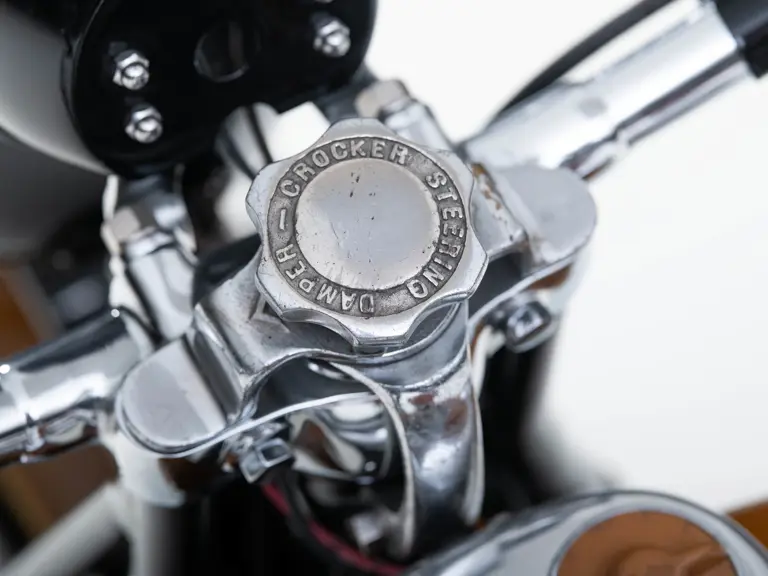
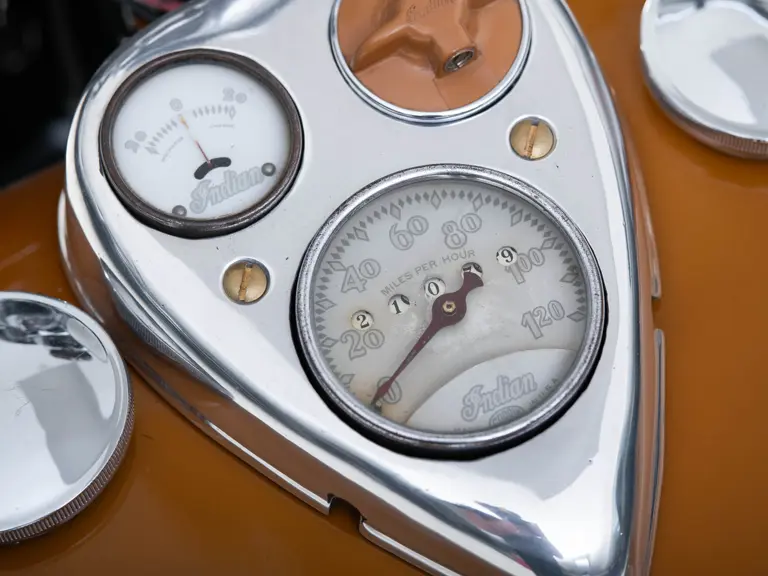

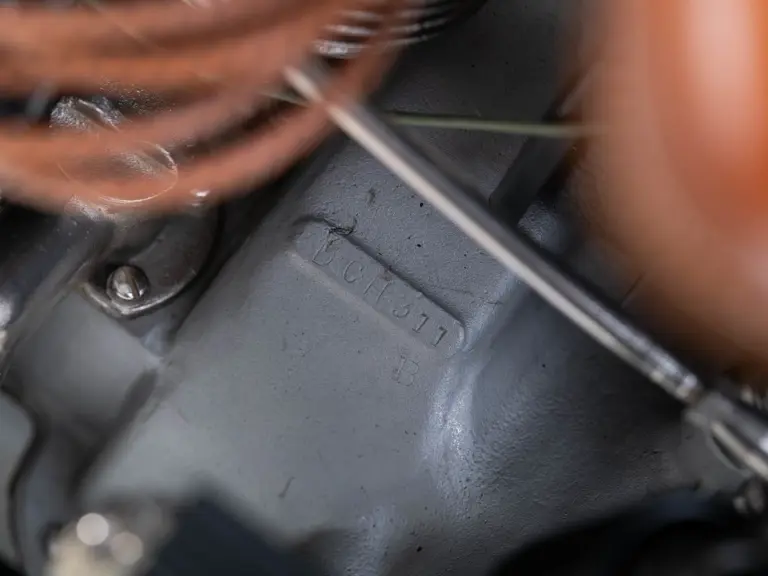
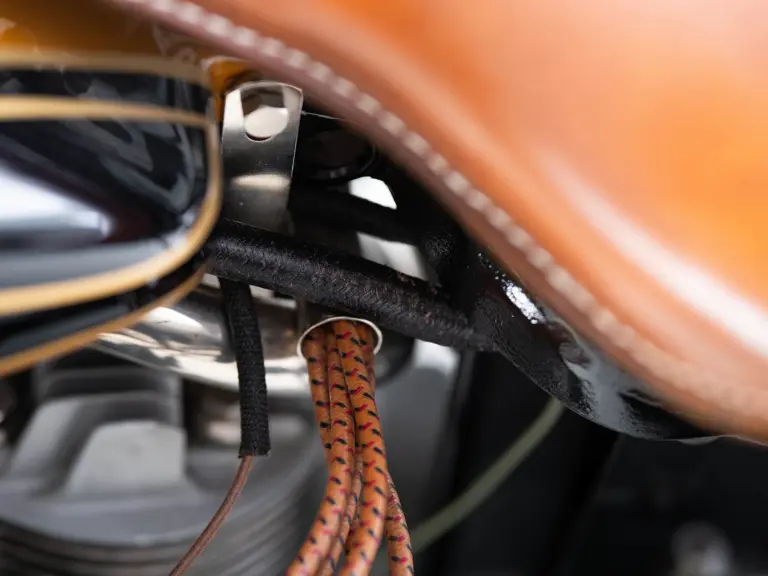
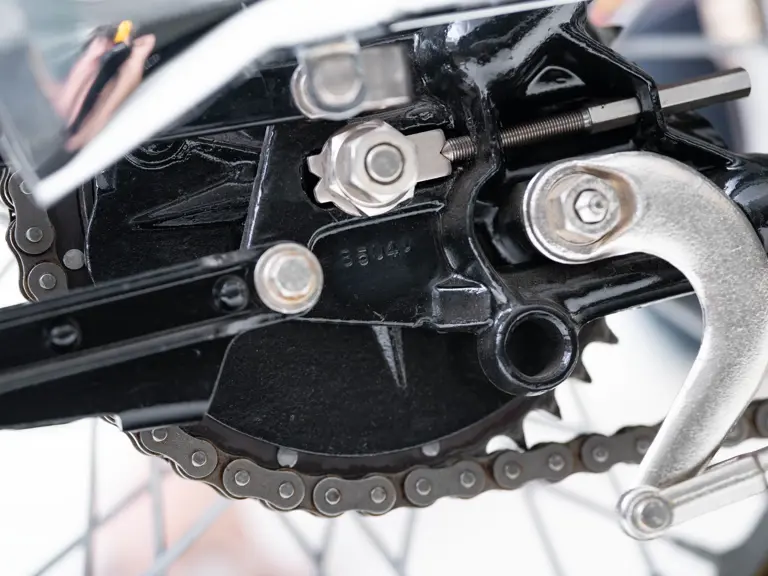
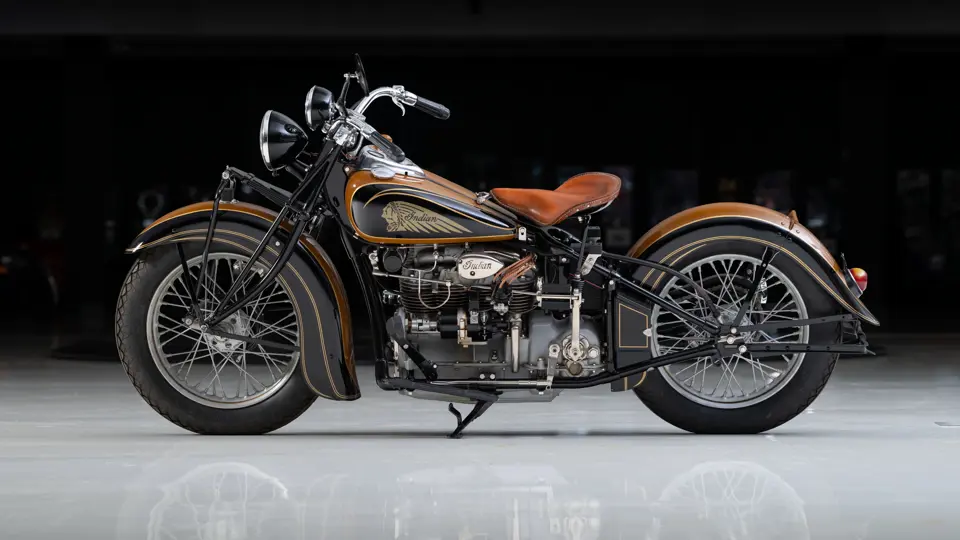
 | Toronto, Ontario
| Toronto, Ontario
